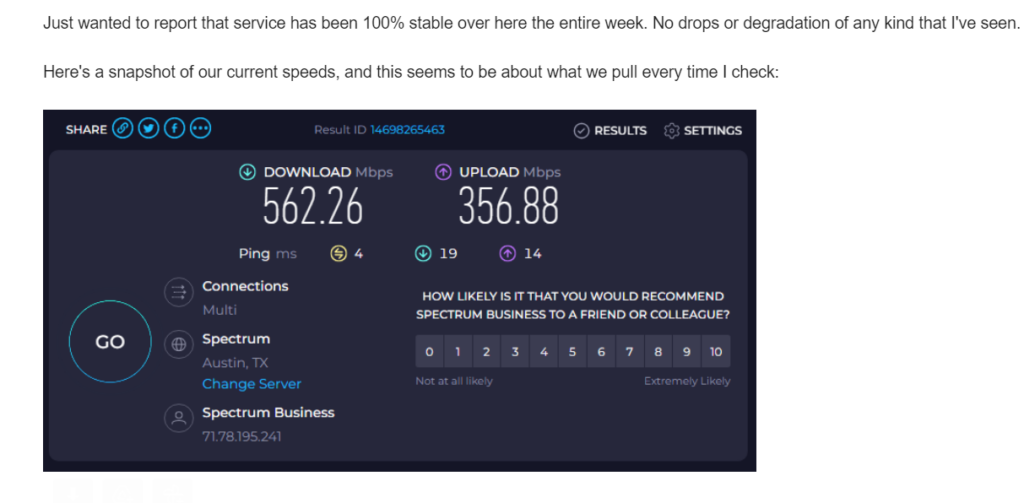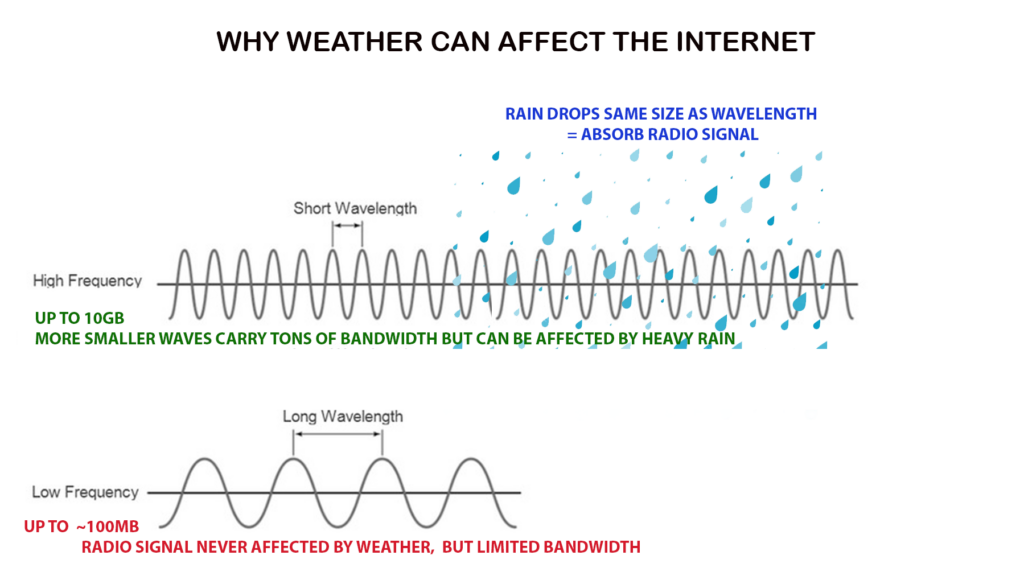
There is an opportunity, if the interest is present, to dramatically increase the Spry internet throughput for each residence on Rich Lane, and other close by locations that desire it. The benefits are numerous and obvious, no buffering, downloads in seconds not minutes or hours and the list goes on and on. Most importantly Spry has 20000MB (20GB) of wholesale bandwidth just 1.5 miles from our street. For testing I have a dedicated 3GB microwave link from that location to my tower. Suffice it to say, we got enough to go around.
A little information on the track that Spry is taking locally, and how a lane Gigabit Air Fiber product would be structured.
First, a new tower is going to be built near the current one. The base is set and we should be stacking it up in the next couple of weeks. It is planned to be about 20 feet taller, and will have an organized layout that our current tower lacks. Its been over 10 years and some of the items on the tower aren’t even used any longer. The current tower will be taken down. All customers served from here will be seamlessly moved to new antennas installed at the top of the new tower. And in case you have ever wondered why there is SO much stuff on that tower, well the answer is easy… The rent on the cell tower where we have our fiber is outrageous, so where possible I use the location here.
Not to state the obvious, but of course new ‘stuff’ comes at a higher cost. I’m part of the beta testing group for our primary radio manufacturer and have seen this Gigabit technology come a long way. Its now out of beta and available in limited quantities. I purchased an access point and a couple of the radios, the smaller ones that should do ~600MB and am confident it works as it should.
The internet for this proposed Lane project would not be shared with the rest of Spry. I have a dedicated link up currently, plugged into a 10G port at the tower sending the above referenced 3GB right to the house… a good analogy is to think of an amount of Megabytes, or Gigabytes (available bandwidth) as a piece of pipe and data as the water. The more MB or GB the larger the pipe and the more water (data) it can carry, and 3GB is a tunnel its a huge pipe. From there it would go out only to our neighbors who wish to participate. This eliminates any congestion possibilities

The other variable is one we already contend with. As its often said, everything has a cost. And in the wireless internet world this is true as well. As a general rule, the higher the frequency of the microwave link, the shorter the wavelength (meaning more smaller waves can carry more data) and the more atmospheric conditions can affect performance. Austin is in what’s knows as Rainfall Zone M, which has an average disruption time based on statistical rainfall intensity collected over time. We are in the uptime of 99.99% annually. If it does get absorbed, the backup low frequency radio turns on so we always have a connection.

